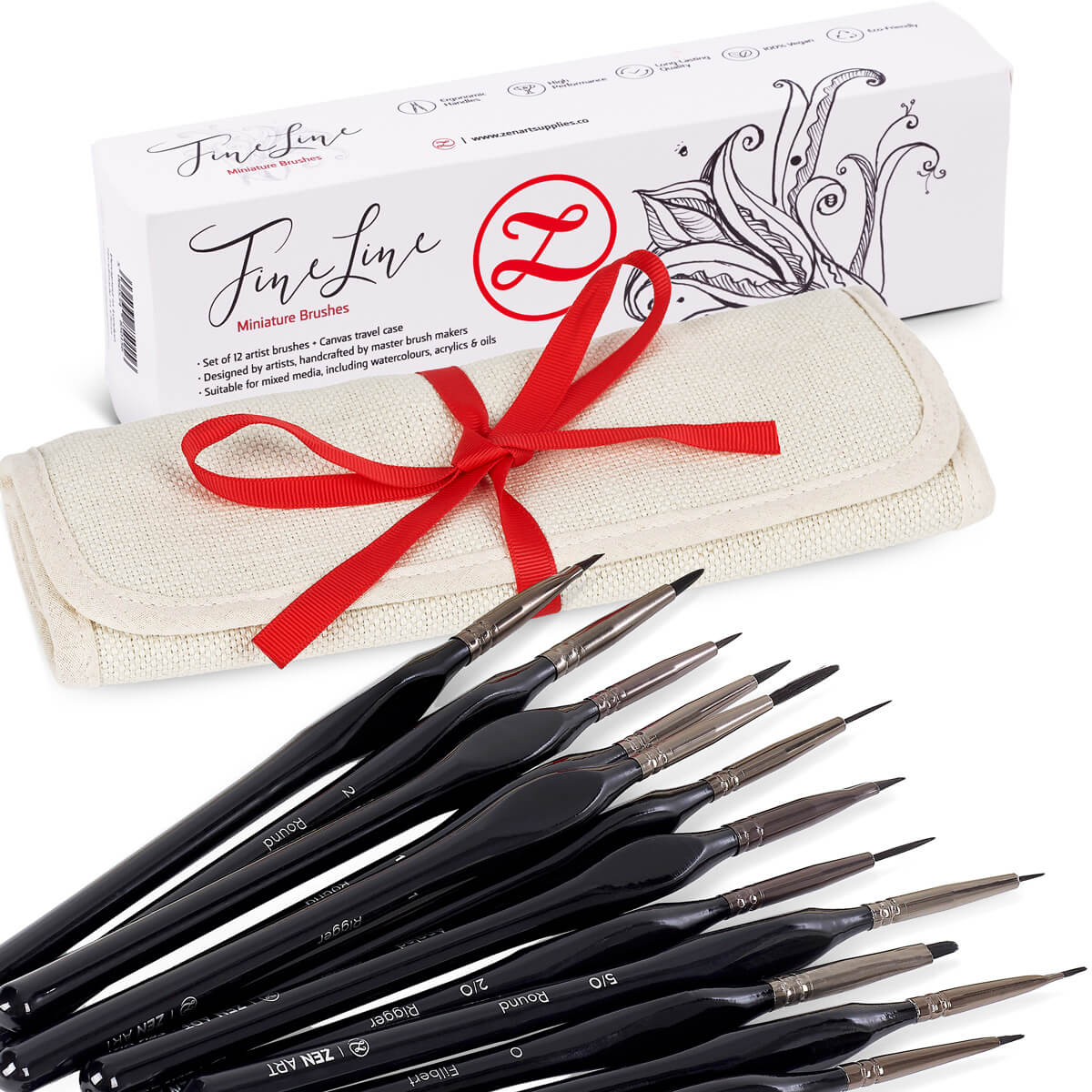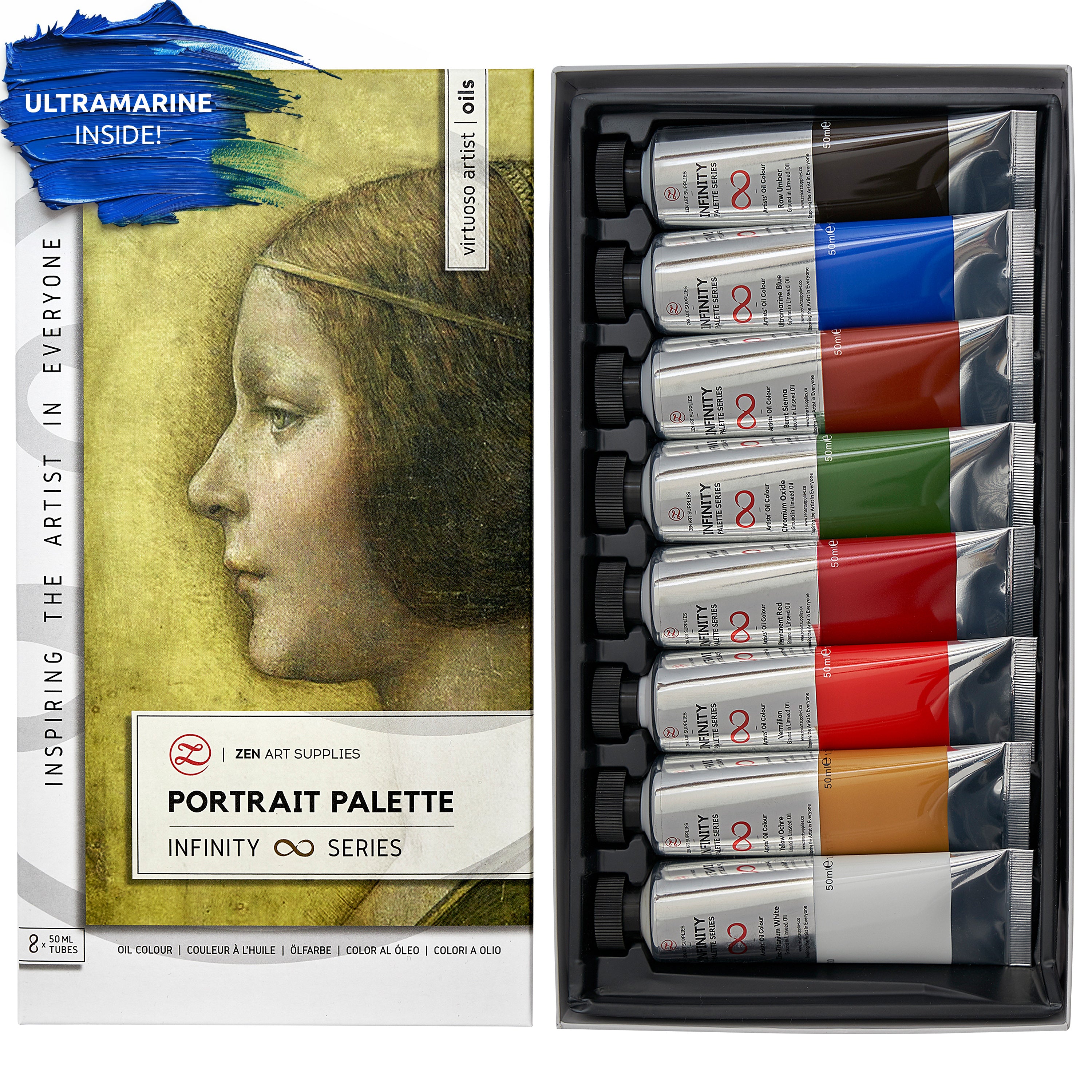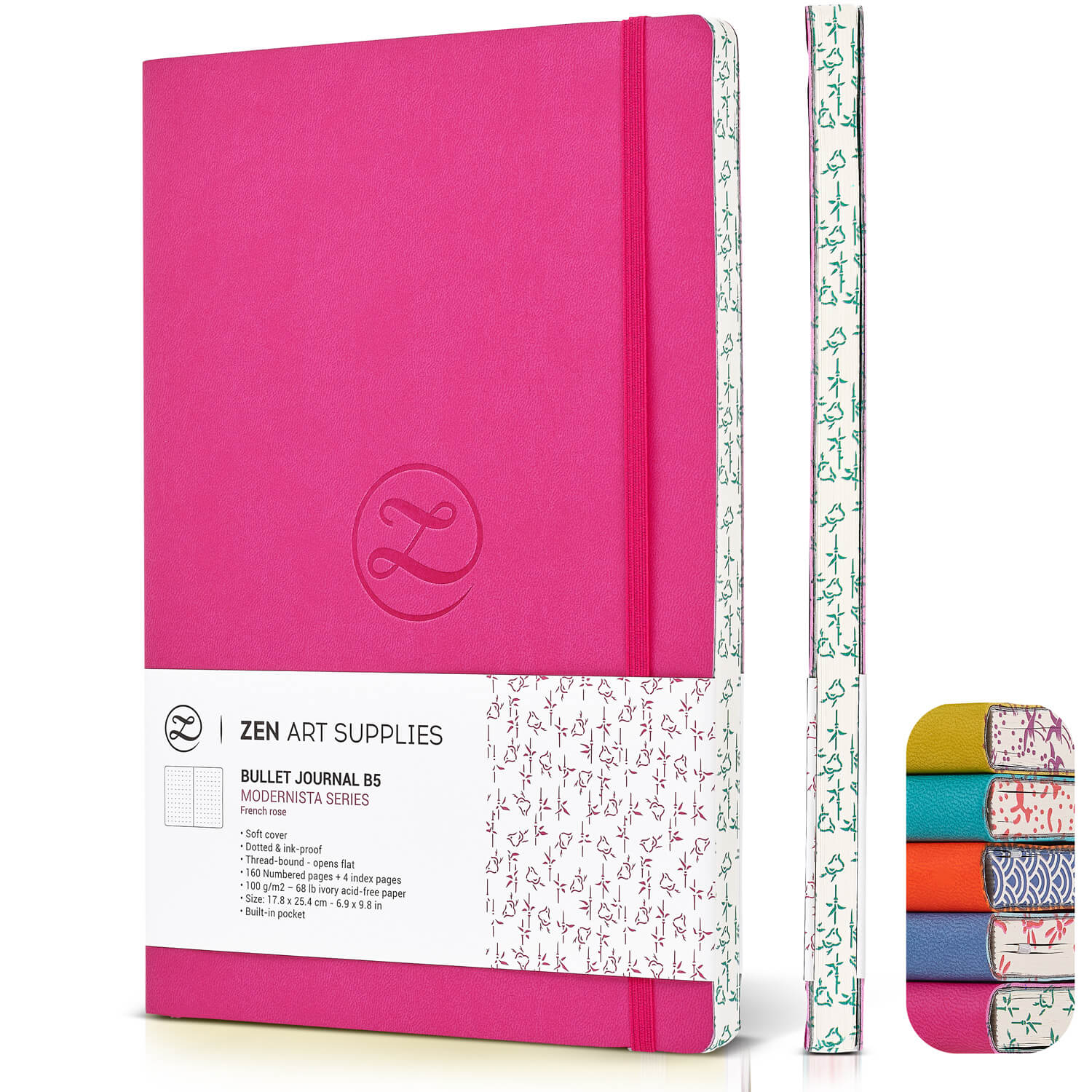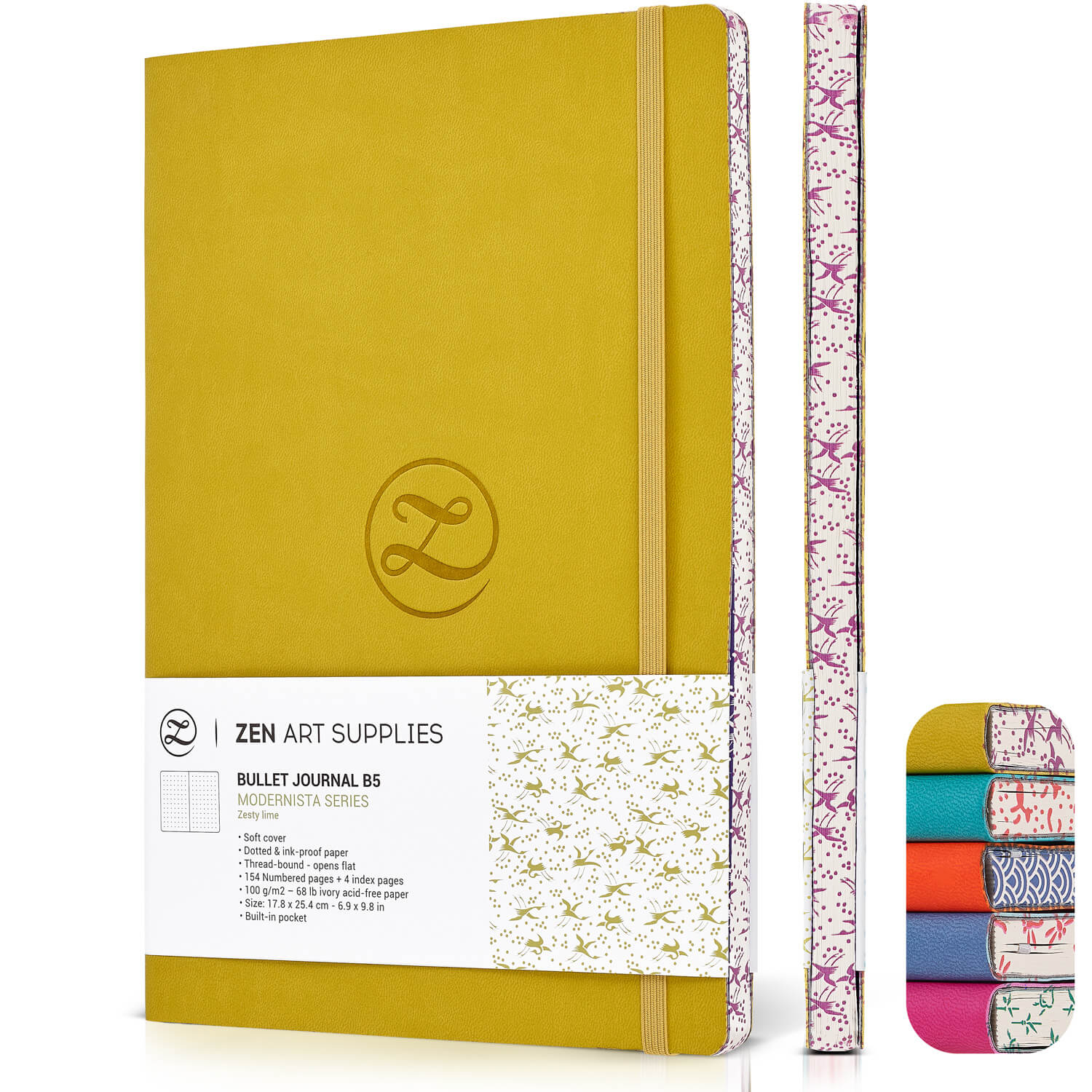What would pop art be without Andy Warhol? His colorful paintings and his bold personal brand became synonymous with the art movement. Nobody lived, breathed, and exemplified Pop Art more than Andy Warhol.
Warhol’s favorite artistic subject? American pop culture—its obsession with celebrity, commerce, and consumerism.
His signature pieces like the Marilyn Diptych and Campbell’s Soup Cans broke the barriers between commerce and creativity, high art and low art. Early critics hated it, high society loved it. These works turned celebrity and popular culture into art. And in turn, Warhol redesigned the way the world viewed fame.
Yet despite his highly public and purposefully performative persona, Andy Warhol kept much of his personal life a mystery. So let’s unpack the myth of Andy Warhol—the icon, creative genius, and original influencer.
Who was Andy Warhol and what was he known for?

"Art is what you can get away with." - Andy Warhol
Name: Andrew Warhola Jr.
Date of Birth: 6 August 1928
Place of Birth: Pittsburgh, Pennsylvania
Date of Death: 22 February 1987 (58 years old)
Place of Death: New York City
Known for: Bright, colorful, funky paintings and prints of popular brands and people. Andy Warhol sparked the boom of the American Pop Art movement. His work blurs the lines between mass media and high art, serving as a commentary on society's obsession with pop culture and celebrity.
7 Fun facts about pop artist Andy Warhol

To say Andy Warhol was ahead of his time is an understatement. The guy redefined celebrity and, to this day, remains a central figure in pop art. His life is not without controversy. Much of it he encouraged himself.
Warhol mastered being an influencer before influencers were even a thing. He turned his whole life into a work of art, and that includes how he performed and presented himself to the world.
Warhol as a person was just as popular as his artwork. Since he worked in commercial art, Warhol needed to craft and curate an intentional public persona to be remembered. As he said, “Being good in business is the most fascinating kind of art.”
Let’s take a look at some facets of Warhol’s life one fun fact at a time!
He changed his name to sound more American
Andy Warhol was born in Pittsburgh, Pennsylvania to Ondrej and Julia Warhola—two immigrants from Austria-Hungary, now Slovakia. His father worked in construction and his mother in embroidery. He was named Andrew Warhola, an Americanized version of his father’s name.
Upon moving to New York to work as a commercial illustrator, Andy dropped the “a” in Warhola. He changed his name after seeing his work mistakenly credited as “Paintings by Warhol.”
He was a devout Catholic growing up
There’s a reason why Warhol became known as the Pope of Pop. Warhol was raised as a Byzantine Catholic. During his childhood, he and his family would go to Sunday Mass and pray.
You can see how much religion influenced his art. It manifests in his icon paintings of pop culture. Warhol paints his canon of celebrities like Catholics revere their saints.
Despite his celebrity, Andy Warhol didn’t drop his religious habits. He made daily visits to the Church of St. Vincent Ferrer on the Upper East Side. Some evenings, he would (secretly) volunteer at shelters run by the Church of Heavenly Rest. He even met Pope John Paul II!
The infamous Factory and Warhol’s Superstars

When his career took off, Andy Warhol realized he needed a studio to avoid making a mess at home. Warhol would relocate his art space four times from 1963 to 1987.
But it wasn’t just Andy Warhol’s studio. It was the Factory. The hottest club in New York City. It was an exclusive space for art-making and sexual intrigue.
There, Warhol was surrounded by people who inspired him: eccentrics, artists, celebrities, musicians, drag queens, and more. Some famous regulars at Warhol’s factory include Jean-Michel Basquiat, Keith Haring, Liza Minnelli, David Bowie, and Mick Jagger.
He even formed a clique for his friends-slash-muses called the Warhol Superstars.
These superstars partied with Andy Warhol and starred in many of his films. Some notable superstars include Baby Jane Holzer, Edie Sedgwick, Nico, Ultra Violet, Candy Darling, and Ingrid Superstar. They’re further immortalized in Lou Reed’s song, Walk on the Wild Side
Warhol’s Silver Era was named for one of the Factories, then entirely covered in silver foil.
Warhol made hundreds of highly provocative films
The 60s were some of Andy Warhol’s most prolific years, not just with art but with filmmaking—in fact, he made over 600 films!
He began shooting films around 1963. Mostly at the Factory. He screened the films there, too.
The thing is, these films aren’t exactly fit for public consumption.
His movies were highly experimental—even to the avant-garde. Some people didn’t even consider them as films. Warhol hoped his films would break through into Hollywood but many theaters didn’t want to screen them for being too provocative. So Warhol had his movies screened at nightclubs and porn theaters.
It’s an age-old discussion: how do you separate art from pornography? Warhol’s answer: Maybe you don’t have to.
Andy Warhol openly expressed his queer identity
Andy Warhol wasn’t fully out, but he was queer.
Perhaps due to his religion, Warhol was both flashy and clandestine with his sexuality. It depends on who asked. As a celebrity, he curated his public persona. He rarely said anything about his private life, his sexuality, or his long-term partners Jed Johnson and John Gould.
The Netflix documentary, The Andy Warhol Diaries, offers a queer reading into the artist’s life and work.
Warhol lived in a time of rampant homophobia and transphobia. Homosexuality was slowly being legalized across America. It’s unfair to his memory, but there’s a lot of queer erasure and suppression when scholars discuss Warhol’s life.
Yet, undoubtedly, his queer identity pops out in his art, his personal style, and his quirky mannerisms. You see it in his many erotic and experimental films. You can see it in the community he welcomed into the Factory. Many of them were fellow misfits: LGBTQ+ artists, trans folk, and drag queens.
Despite the landscape of his time, Warhol still dared to be unapologetically himself. And that’s why he’s such an inspiration to the community and beyond.
He accumulated over 100 wigs throughout his lifetime
Andy Warhol obsessively curated his public image. However, he was insecure about his physical appearance—which led him to turn his self-consciousness into an art form.
In the 50s, Andy Warhol began going bald. So he started to wear wigs to hide his thinning hair. They started a mousey brown, then transitioned through shades of blond, and then his signature silvery gray. Their near-white color gave him an odd yet ageless look.
Warhol’s wigs became one of his defining features. His brand, if you will. He gradually added more drama to his wigs, gluing and sculpting them in odd angles.
He used over 100 wigs in his life. Around 40 of them are archived in the Andy Warhol Museum in Pittsburgh.
Warhol survived an assassination attempt in 1968
On June 3, 1968, Andy Warhol was almost fatally shot in his studio. This marked the beginning of the end for The Factory.
The shooter was radical feminist and writer Valerie Solanas, who appeared in his 1968 film, I, a Man. Solanas pitched one of her plays to Warhol but it fell through. Explaining herself, she said that Andy Warhol had too much control over her life.
Warhol was pronounced dead for two minutes before the doctors revived him. His injuries were so bad that he had to wear a surgical corset for the rest of his life to keep his organs from falling out.
Andy Warhol developed a phobia of hospitals. All the more, he hated surgery and seeing doctors.
This eventually factored into his death. Warhol delayed having his gallbladder problems checked until he eventually needed surgery. He died from post-operation complications on February 22, 1987, at the New York Hospital in Manhattan.
Famous artworks by Andy Warhol
Warhol never talked much about himself or his art. He preferred to let his work and public persona speak for themselves. He seamlessly intertwined fine art with pop culture and celebrity.
With that, let’s learn more about Warhol’s paintings.
Campbell’s Soup Cans (1962)

“I used to drink it. I used to have the same lunch every day for 20 years.”
Can mass media and advertising be considered high art? Nobody thought so until Andy Warhol made his famous 32 Campbell’s Soup Cans paintings. That’s one painting for every variety of soup that Campbell’s offered at the time.
It’s inspired by Warhol’s childhood. Since he grew up in a modest house, he had Campbell’s tomato soup practically every day.
The original series done in 1962 were accurate depictions of Campbell’s cans. Afterward, Andy Warhol experimented with their form and color throughout the different phases of his career.
Marilyn Diptych (1962)

This work is most representative of Warhol’s obsession with the cult of celebrity. It’s also an homage to the, then, recently deceased Hollywood actress. The Marilyn Diptych was completed shortly after Marilyn Monroe’s death in August 1962.
This silkscreen painting comprises a single image repeated 50 times and split into two panels. The now iconic image appropriates a publicity portrait from Marilyn Monroe’s 1953 film Niagara. On the left, we see Marilyn Monroe’s face in full, vivid color. On the right, she’s intentionally distorted in black and white—a nod to the silver screen, perhaps a metaphor for life and death.
Brillo Soap Pads Box (1964)

Not a real box, but a sculpture. Rather, a series of sculptures all meticulously crafted (cheekily) in an assembly line at Andy Warhol’s Factory. These boxes are yet another Warhol work that challenges consumerist imagery, positing it as high art.
You can’t even distinguish Warhol’s Brillo boxes from the ones you spot at a grocery store. They’re all virtually identical, meant to look machine-made. With the help of some carpenters and friends, Warhol had identical plywood boxes crafted and screen printed to look like boxes of household staples in a grocery warehouse.
Is it art? Yes, it’s kind of like realism in a way. No, they’re literally branded boxes. There’s no right or wrong answer.
Banana (1966)

Andy Warhol also had major connections to popular music. He even managed the rock band The Velvet Underground in 1965, which led to him painting the cover for their self-titled debut album.
It’s become one of the most iconic album covers of all time. In early editions, the album cover featured a sticker that invited viewers to “Peel Slowly and See” a fleshy banana beneath. Intentionally phallic? A hundred percent.
Rolling Stone named The Velvet Underground & Nico the most prophetic rock album ever made. Music enthusiasts see Warhol’s banana as the ultimate symbol for The Velvet Underground.
Mao (1973)

Warhol’s first non-American subject and first politically-charged piece. At the time, Mao Zedong was the most famous—er, infamous?—person in the world.
The image was taken from Mao’s communist publication the Little Red Book. It’s one of the most recognized portraits in the world. And Andy Warhol reproduced it 199 times in various sizes.
These portraits have a significant political message. They were made as a reaction to President Nixon’s visit to China in 1972. The huge volume of reproduced paintings echoes Mao’s cult-like following and mass distribution of his Communist propaganda.
Self Portrait (1986)

Andy Warhol was the king of the early selfie movement. His signature style of repetitive silkscreen portraits is a lot like our Instagram filters today, don’t you think? The most iconic of his self-portrait series also happens to be his last. It’s a haunting image of an aging yet monumental art figure, with the wildly styled wig and stark black backdrop.
Only five versions of this dramatic, high-contrast painting exist—one each in red, blue, yellow, green, and purple.
It’s also known as the Fright Wig series.
How well do you know Andy Warhol?
Have you ever seen a real and original Andy Warhol piece in the flesh? If not, maybe you could plan a vacation around it?
You could head to the Andy Warhol Museum in his hometown of Pittsburgh, Pennsylvania. They hold the largest collection of Warhol’s original works.
Meanwhile, the Tate galleries in London, Liverpool, and St. Ives contain the largest selection of Warhol works in the UK.
Of course, a Warhol pilgrimage wouldn’t be complete without a visit to New York. Stop by the Museum of Modern Art, the Metropolitan Museum of Art, and the Whitney Museum of American Art to see an extensive display of Warhol’s renowned screen print paintings.
Now we’d like to know: What do you think, is his work art or not? What’s your favorite painting or work by the ever-iconic Andy Warhol? Did we miss it on our list? Let us know in the comments below!
For more art history fun facts, check out the Inspiration section in the ZenART blog!
- MEET THE AUTHOR-

Belle O. Mapa is a writer and artist based in Manila, Philippines. She believes that everyone is born with an inner creative spirit—we just need to nurture and discover it on the blank page. Currently, she lives out her passion: writing stories, hosting journaling workshops, and advocating for mental health awareness.



























